Writing effective IEP goals is one of the most essential and challenging responsibilities for special education teachers. These goals are not just a legal requirement; they are a roadmap for student progress. Yet many educators feel overwhelmed by the process, often lacking the tools and time to write goals that are truly individualized and measurable.
This raises an important question: how can we make IEP goal writing more effective and manageable?
The Ongoing Challenge of IEP Goal Writing
IEP goals shape how students receive support and how their progress is tracked. However, many educators struggle to create goals that are specific, relevant, and trackable. Without a clear framework, it is easy to fall into the trap of writing vague or overly general goals.
Common difficulties include:
- Uncertainty about where to begin
- Using unclear language such as « understand » or « improve »
- Creating goals that are either too broad or unrealistic
- Not having tools for progress monitoring
- Managing multiple domains such as academic, social, behavioral, and functional skills
The Value of a Structured Goal Bank
An IEP goal bank can serve as a reliable foundation for educators. A well-organized goal bank helps by providing:
- Examples of measurable, specific goals
- Organization by skill area and grade level
- SMART goal formatting for clarity and accountability
- Adaptable language that can be customized to individual student needs
However, the quality of a goal bank matters. It needs to be more than a generic list. It should be a tool that supports real-life classroom needs.
Introducing the IEP Goal Bank: A Complete Guide for Special Education Teachers
To support teachers and simplify the IEP process, I created a resource titled IEP Goal Bank: A Complete Guide for Special Education Teachers. This guide is designed to be practical, comprehensive, and time-saving.
What does it include:
- Over 350 ready-to-use IEP goals covering academic, functional, behavioral, emotional, and executive functioning areas
- Clear formatting with skill-specific sections
- SMART-aligned goals to ensure they are legally sound and easy to track
- Editable templates that allow quick customization for individual students
- Reference tools to support teachers during meetings and annual reviews
- Writing guidance to help educators draft clear, compliant, and effective goals
Who is this for:
- Special education teachers from kindergarten through high school
- New teachers looking for structure and guidance
- IEP team members including case managers, coordinators, and related service providers
- Educators supporting students across a range of needs
This resource offers clarity and consistency in a process that often feels overwhelming.
A Call to Support Educators in Their Mission
When educators are equipped with the right tools, they can focus on what truly matters: supporting student growth. The IEP process should be about creating meaningful, personalized learning paths, not about struggling with unclear formats or generic templates.
If you are looking to streamline your IEP writing process and gain confidence in setting goals that lead to real progress, this resource is a practical solution.
Explore the full guide here:
IEP Goal Bank: A Complete Guide for Special Education Teachers

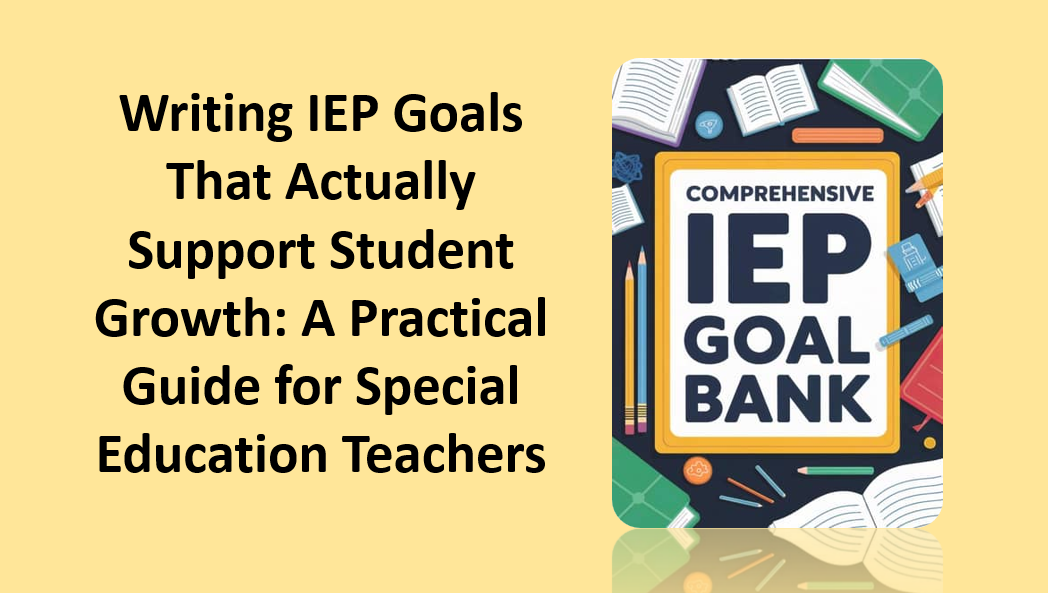
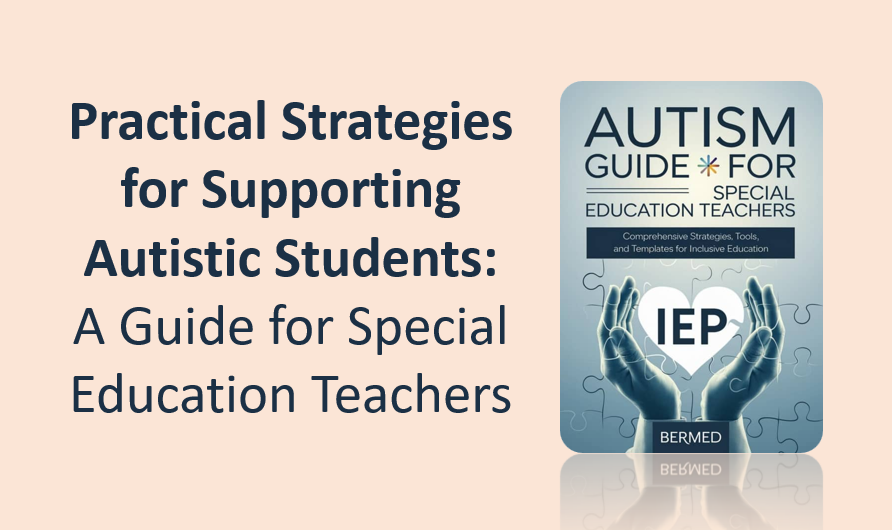
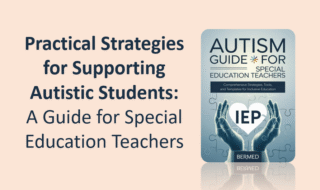
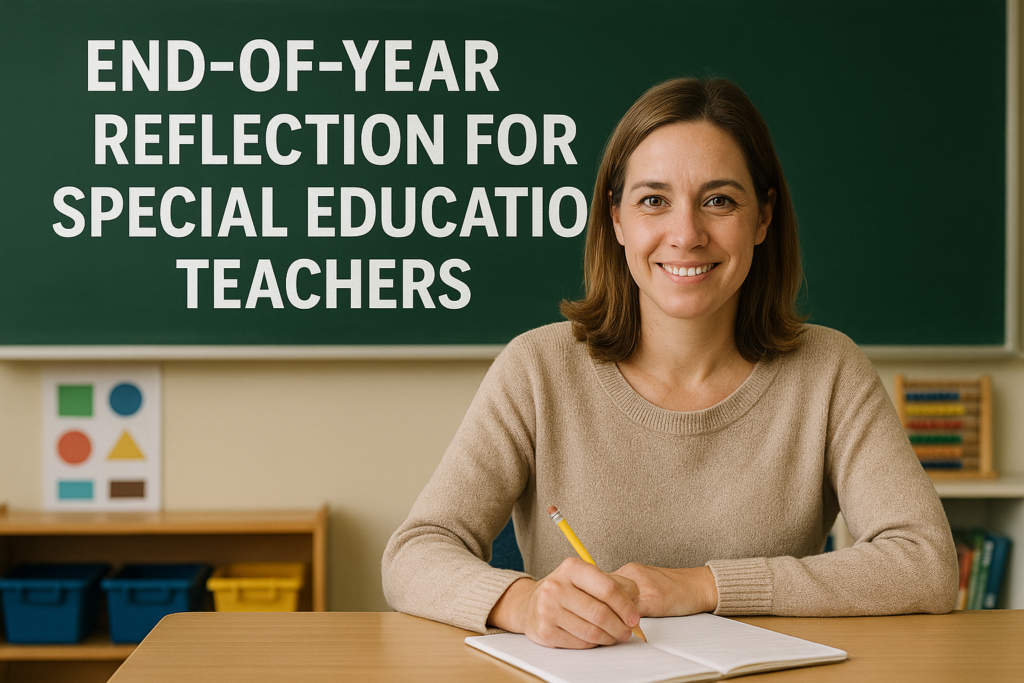






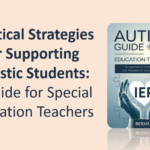
Leave a Comment